Women's and gender history
More about:
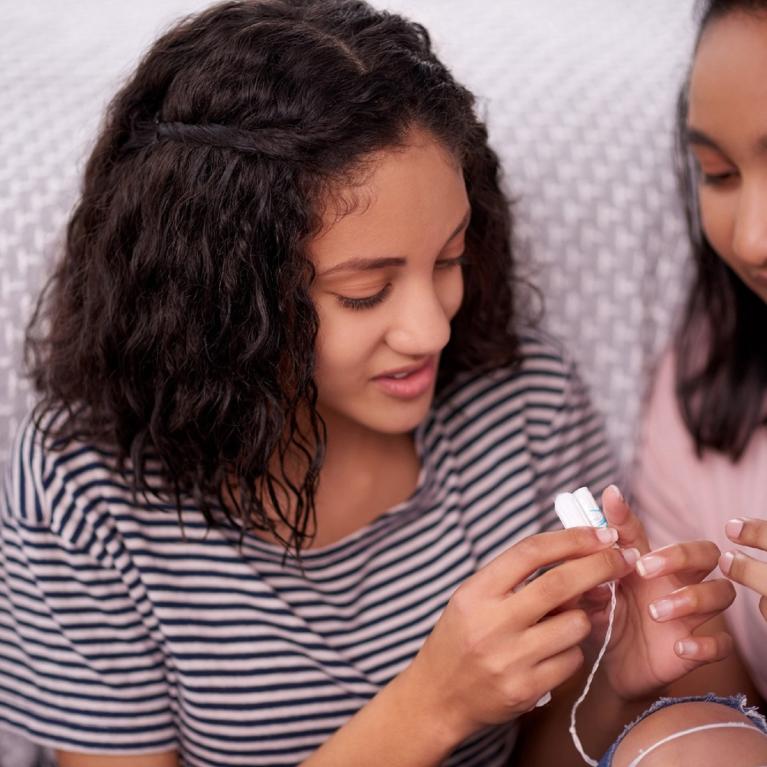
Still embarrassing to talk about menstruation
“Norwegian women are perhaps not as modern and liberated today as we like to think,” says researcher Camilla Mørk Røstvik. She has examined how women – and some men – describe their experiences with menstruation in the twentieth century.
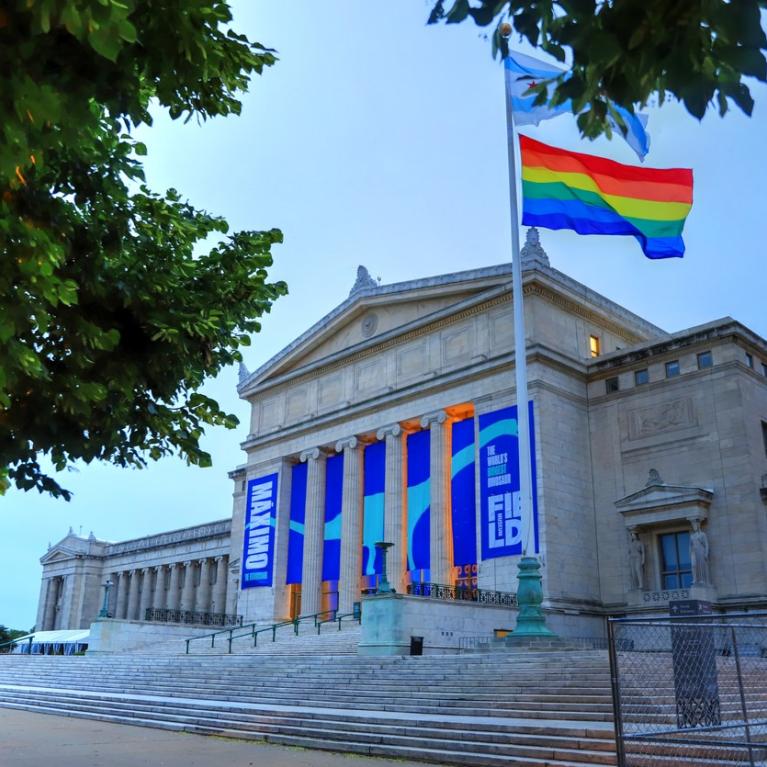
Queer lives find their way to the museum
How have the limits for what is considered acceptable sexuality been drawn and negotiated through history? This is the question we need to ask in order to understand not only the past, but also our present, according to Tone Hellesund.
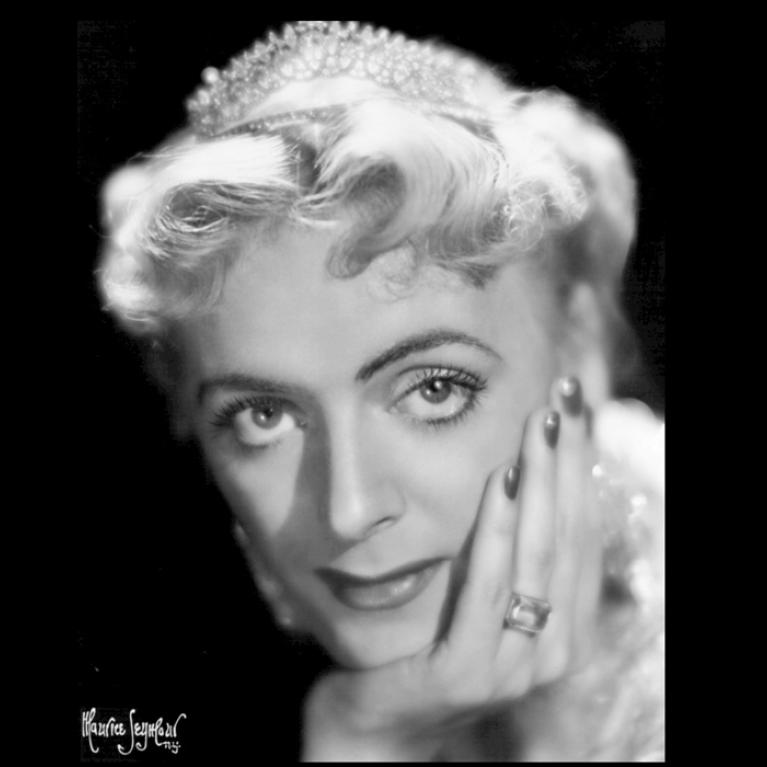
The rocky road to sex change treatment in Norway
In the 1950s, the first successful gender reassignment treatment was carried out. Since then, major developments have taken place within medicine and law, but also when it comes to our perceptions of gender, according to historian Sigrid Sandal.
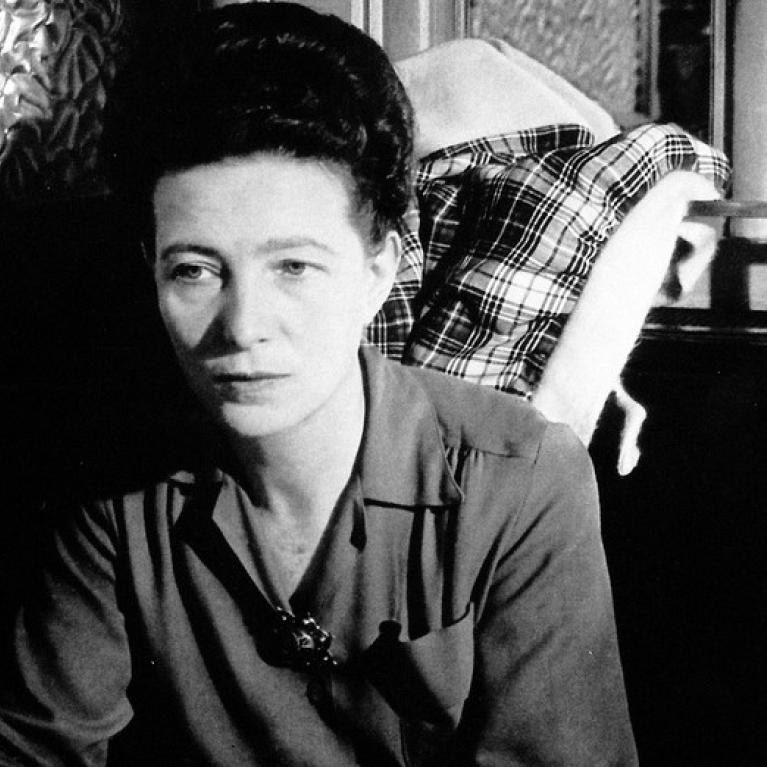
Simone de Beauvoir: From Sartre’s secretary to feminist style icon
When Simone de Beauvoir’s feminist classic The Second Sex was published in Norway in 1970, both sexuality and existentialism were downplayed. “She was made popular,” says Ida Hove Solberg, who has examined the Norwegian translations of de Beauvoir’s work.

The contraceptive pill: A story of sexual liberation and dubious research methods
In 1967, Norwegian women were finally allowed to decide for themselves when to get pregnant. The contraceptive pill has had enormous significance for women’s emancipation, but researchers doubt whether it would have been approved today.
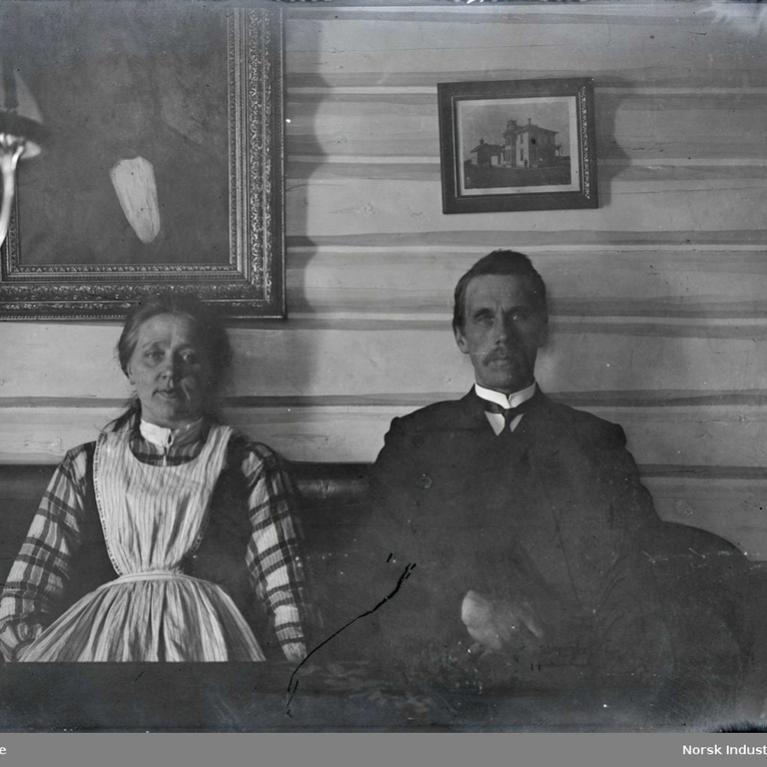
Until infidelity, disappearance or impotence do us part – the history of divorce in Norway
The history of divorce reveals hidden stories of love, domestic violence and societal ideals for a healthy marriage.
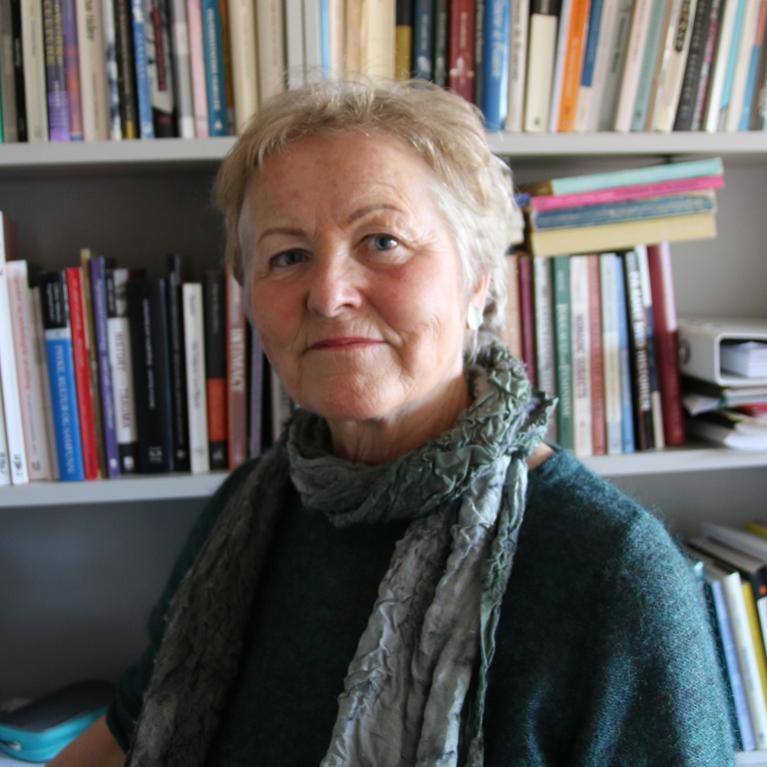
Feeling gender: from housewife to working mum
When Harriet Bjerrum Nielsen interviewed three generations of Norwegian women and men, she discovered how the emotional perception of gender has developed over time.

The masculine avant-garde that fostered feminism
Futurism practically cleared the way for feminism, according to Madeleine Gedde Metz.
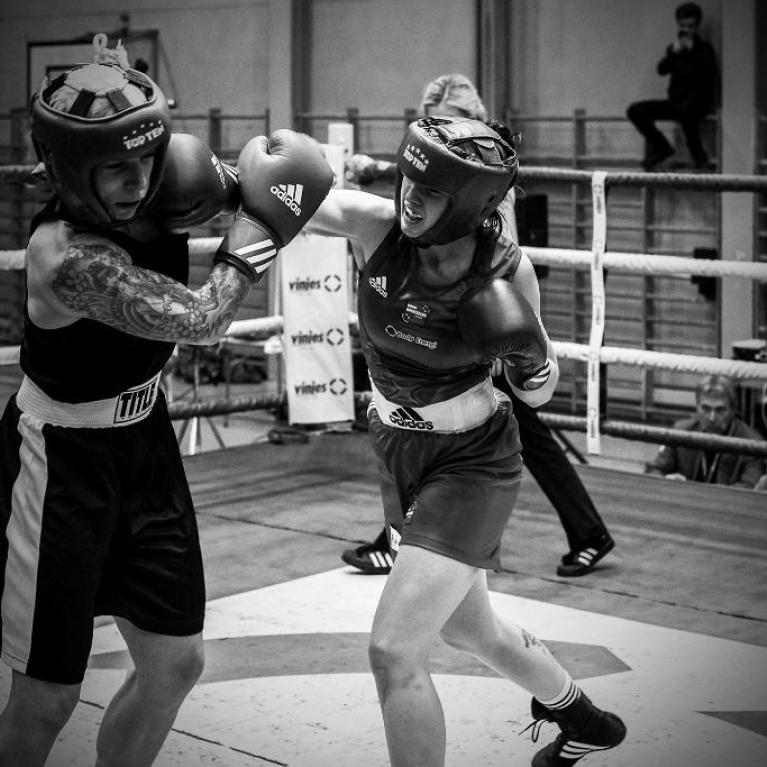
Women are entering the boxing ring
Cecilia Brækhus is just one of several Norwegian female athletes who has contributed to putting women’s boxing on the map, both in Norway and internationally, according to researcher Anne Tjønndal.
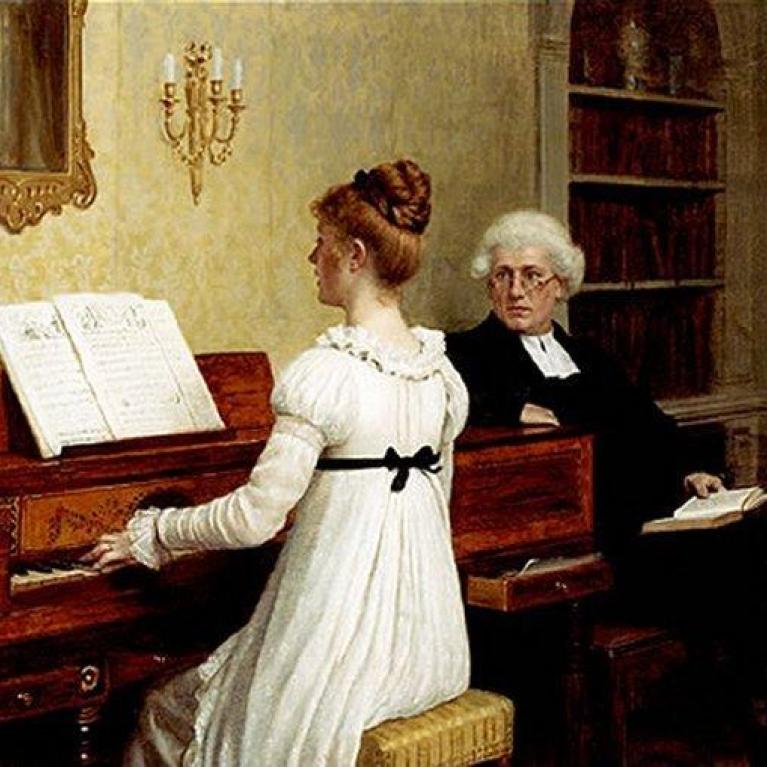
Piano – the best suited instrument for the female body
Straddling the legs around a cello was considered immoral; sitting by the piano was more becoming for a lady. Thus, women became important for the development of piano composition and play.
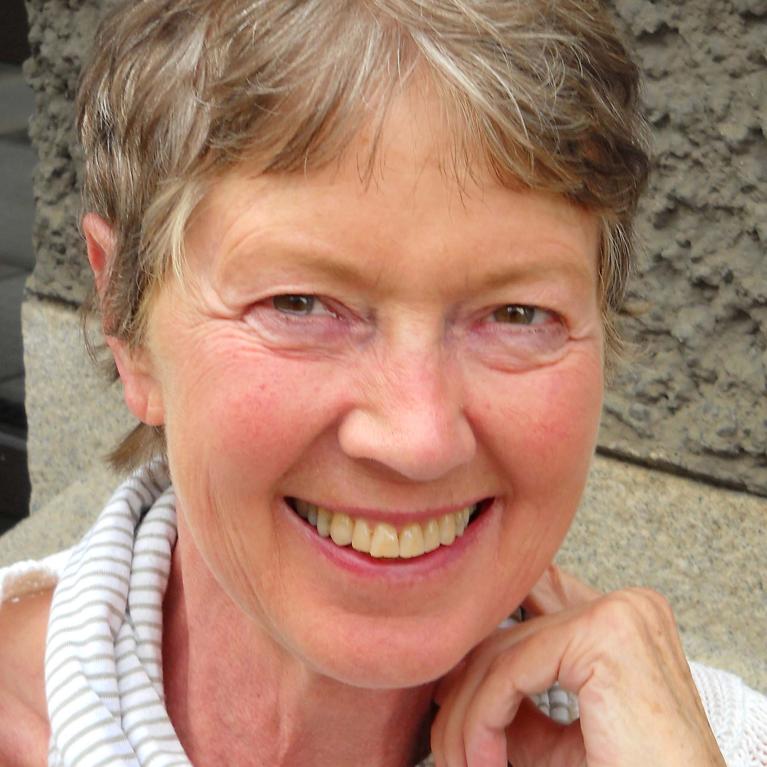
Portrait: An eye for the unseen
Eye, space and body – these are three key words that apply not only to the work of art historian Anne Wichstrøm on female artists from 1850 to 1900, but also to her own life.
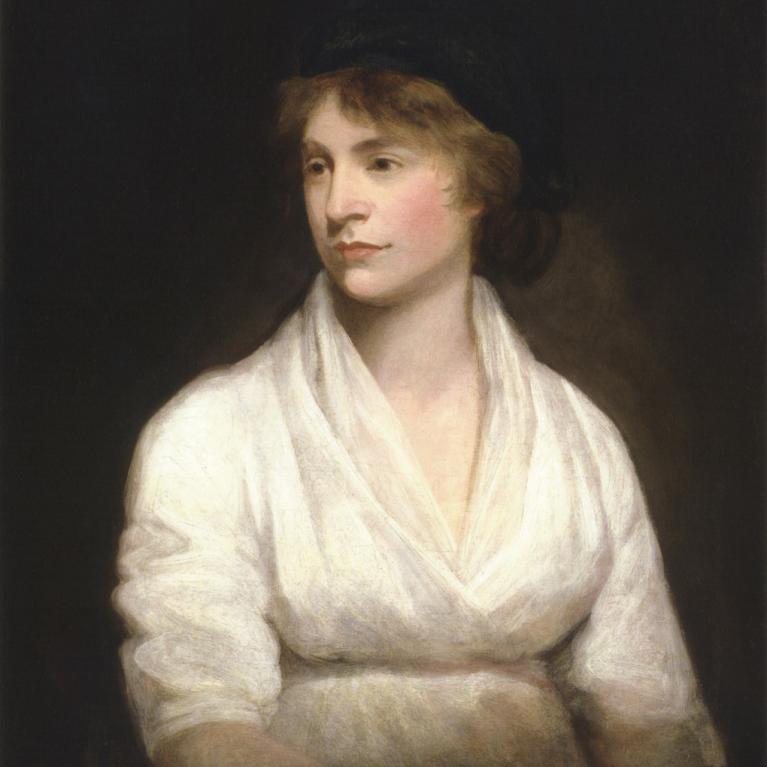
The forgotten philosophers
Why is killing one’s enemies regarded as more important than raising children? This question was posed by the philosopher “Sophia” as early as the 1700s. “Feminist philosophy didn’t emerge in the 1960s. Questions like these have a long-standing tradition in the field,” says philosopher Tove Pettersen of the University of Oslo.
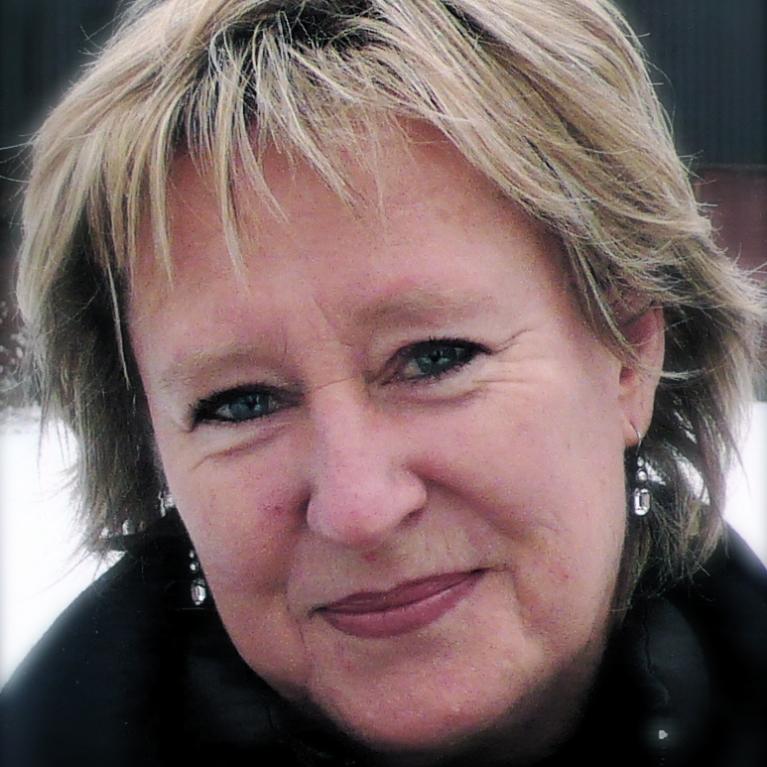
Portrait: Sex is the keyword
A book on a shelf at the university bookstore in Lund was the start of a research career for Karin Widerberg, Professor of Sociology at the University of Oslo.
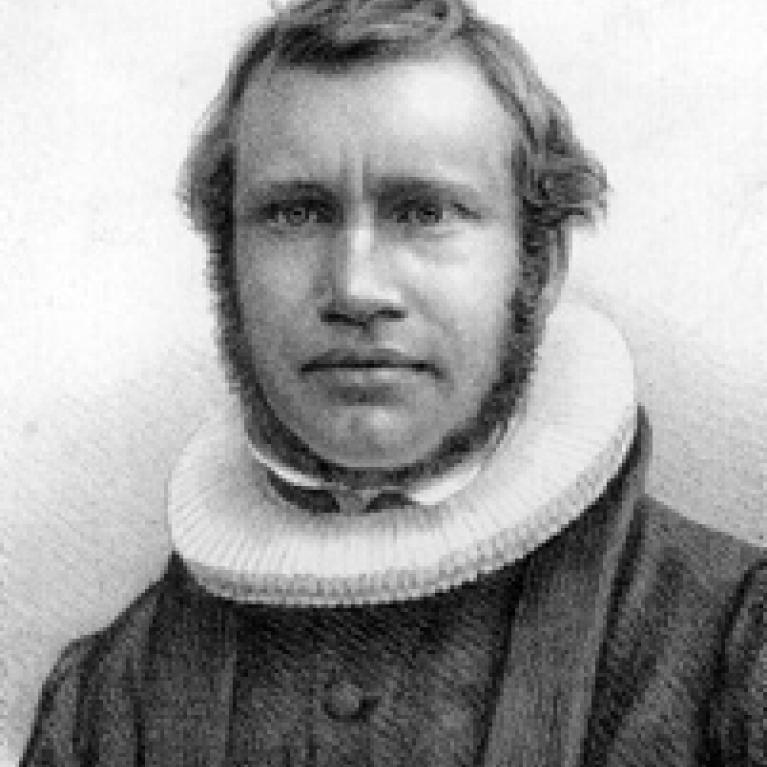
Onward Christian soldiers
In the 1800s, Norwegian missionaries had to strike a balance between Christian virtues and the new, modern man’s role. The solution was to be meek before God and mighty before men.
They left the kitchen and changed the Norwegian economy
A minor revolution took place in the course of one generation: Norwegian women went from being homemakers to wage-earners. This has been highly significant for the Norwegian economy over the past 40 years.
Publikasjoner
Forfatter(e):
Endresen, Signe
Publisert:
Forfatter(e):
Liinasson, Mia & Olga Sasunkevich (eds.)
Publisert:
News Magazine
Our news magazine is an independent online newspaper and a member of the Norwegian Specialised Press Association Fagpressen.